A Walk in Our Redwoods
By Miles and Teresa Tuffli
We’re always attuned to the bird activity at our house, but since our beloved pup died this past October, it’s been hard to take long walks in the surrounding woods without our boy. But, needing to stay near home and away from others, we’ve mustered up the nerve to face bittersweet reminders and start exploring again.
Just a short walk from our front door is a county fire road that winds through the mixed evergreen forest. We very rarely cross paths with anyone up there, so it fits the bill perfectly for getting a dose of nature while practicing social isolation.
Though everyday human life has drastically changed, we find it incredibly therapeutic to witness the natural world persisting on. The wren still sings, the hummingbird still buzzes, and the jay still hunkers down in its nest. The flowers still bloom, the river still flows, and the new generation of maple leaves still pushes out to the light. If a silver lining exists in the COVID-19 pandemic, perhaps it’s that the natural world may receive a break from relentless human activity.
During this shutdown, we invite you along on a virtual exploration of the birds and flora of the redwoods.
Let’s start with a recent discovery from our house.
 Stellar’s Jay beginning a nest
Stellar’s Jay beginning a nest
Actually, calling it a “discovery” is a stretch since the nest sits at eye-level from our living room, just feet from our window – hard to miss! Now that “shelter-in-place” is firmly entrenched in our lexicon, the promise of watching this Steller’s Jay pair from our couch – hopefully raising a successful brood – feels like a timely stroke of luck!
 Bringing more material, while its mate arranges twigs in the nest
Bringing more material, while its mate arranges twigs in the nest
Each time the pair interacted at the nest, they chattered quietly. Steller’s Jays constantly amaze us with their wide repertoire of vocalizations – check out our post.
https://goldengatebirdalliance.org/wp-content/uploads/1-Stellers-Jay.wav
For a couple days now, one has been sitting in the nest off and on. We’re excited to see how this unfolds!
 Stellar’s Jay
Stellar’s Jay
The hummingbirds have been very active, with multiple species zipping around nearby feeders. This male was considerably orange, but had a bit of green speckled on his back, so we’re uncertain if he’s an Allen’s or Rufous.
 Allen’s or Rufous Hummingbird
Allen’s or Rufous Hummingbird
Yesterday, a fully orange-backed Rufous male appeared, and began chasing all others in the vicinity – listen to him below.…

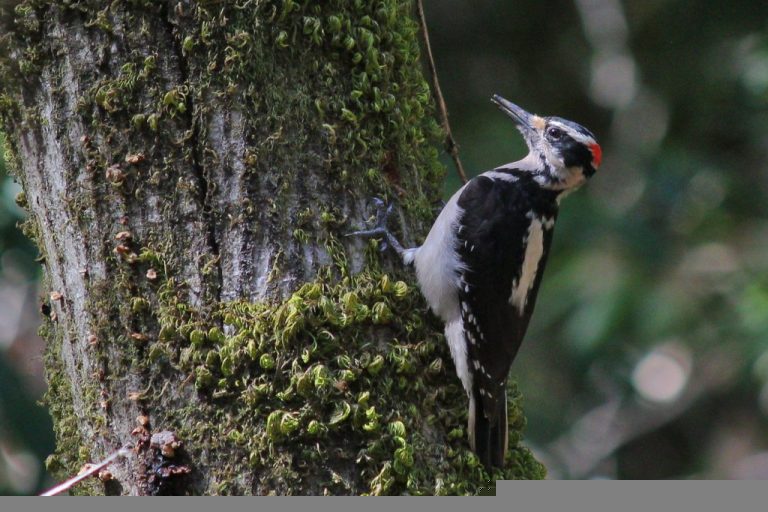
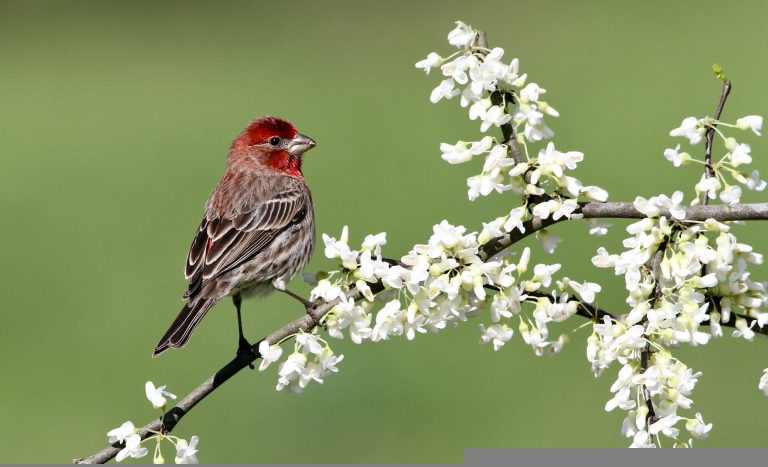
 House Finch by Rocky T.
House Finch by Rocky T.
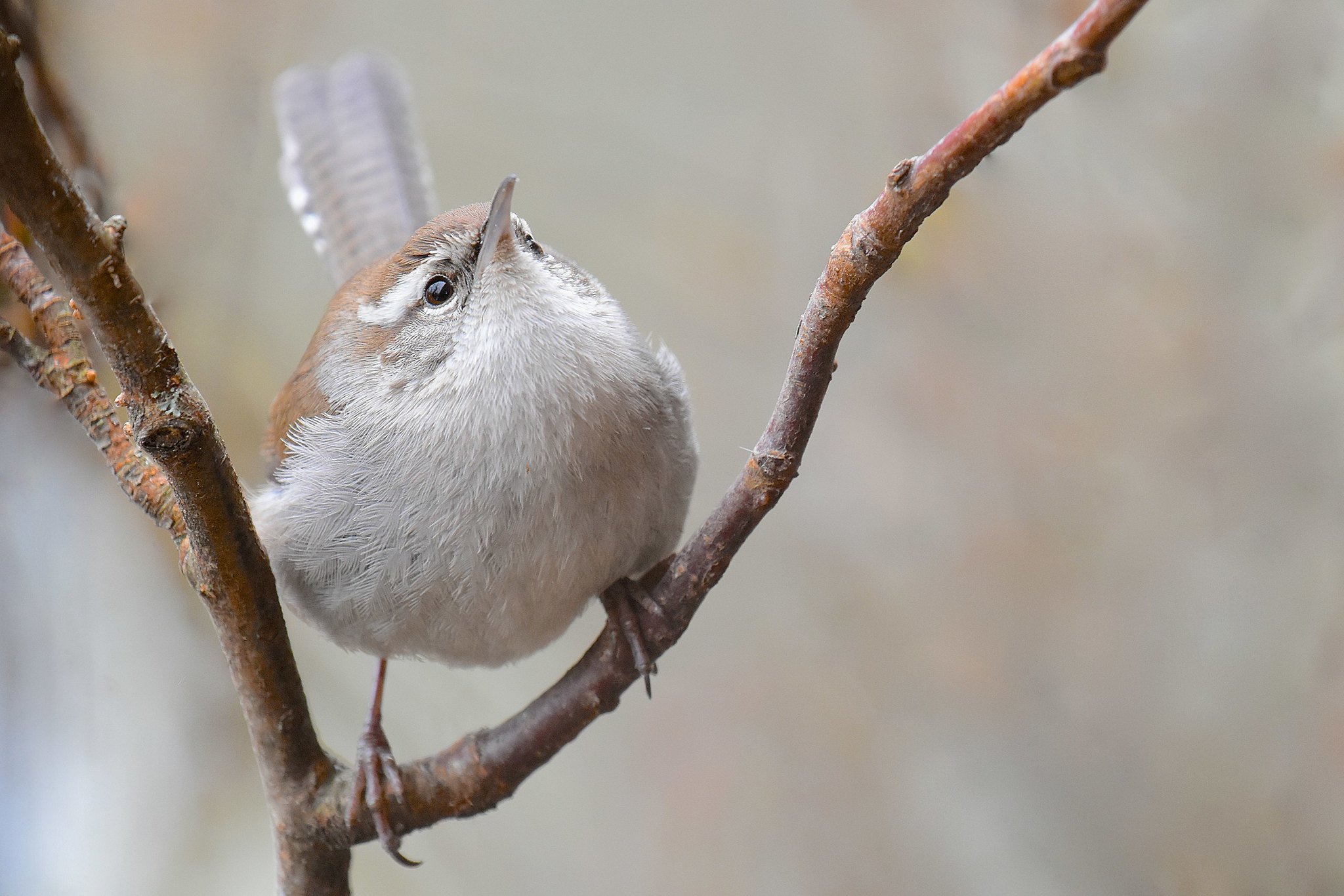 Bewick’s Wren by Aurora Santiago
Bewick’s Wren by Aurora Santiago
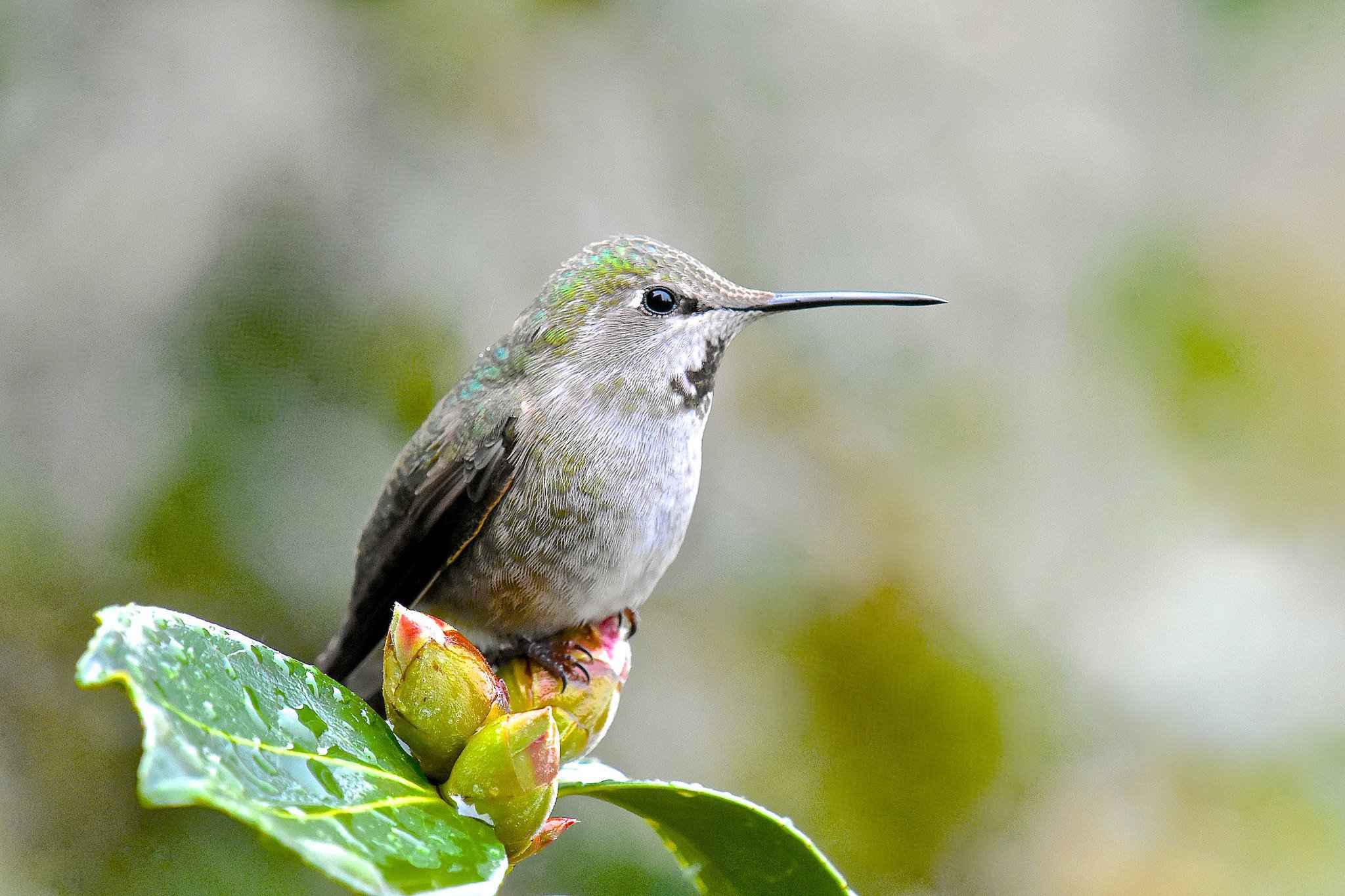 Female Anna’s Hummingbird by Aurora Santiago
Female Anna’s Hummingbird by Aurora Santiago
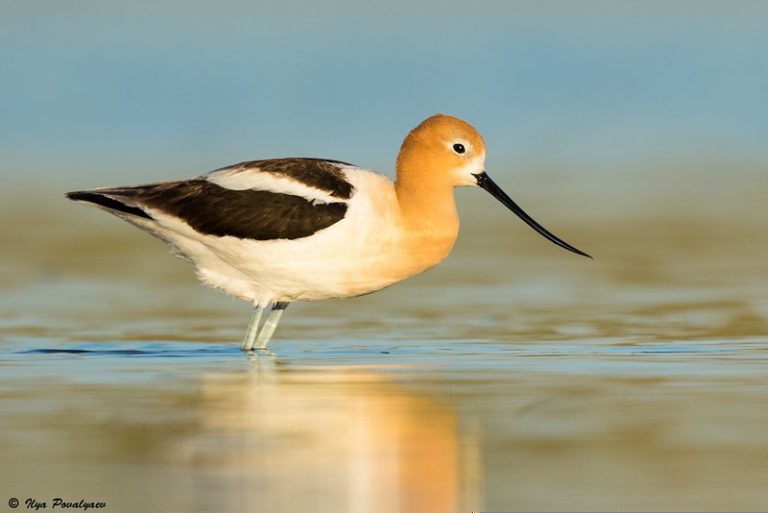
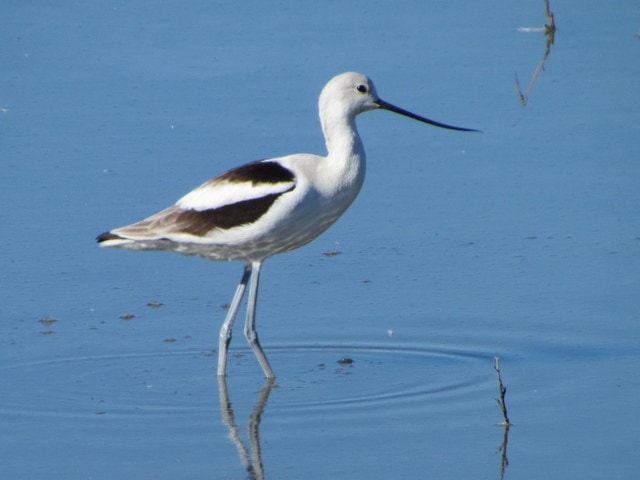 American Avocet Photo by Marjorie
American Avocet Photo by Marjorie
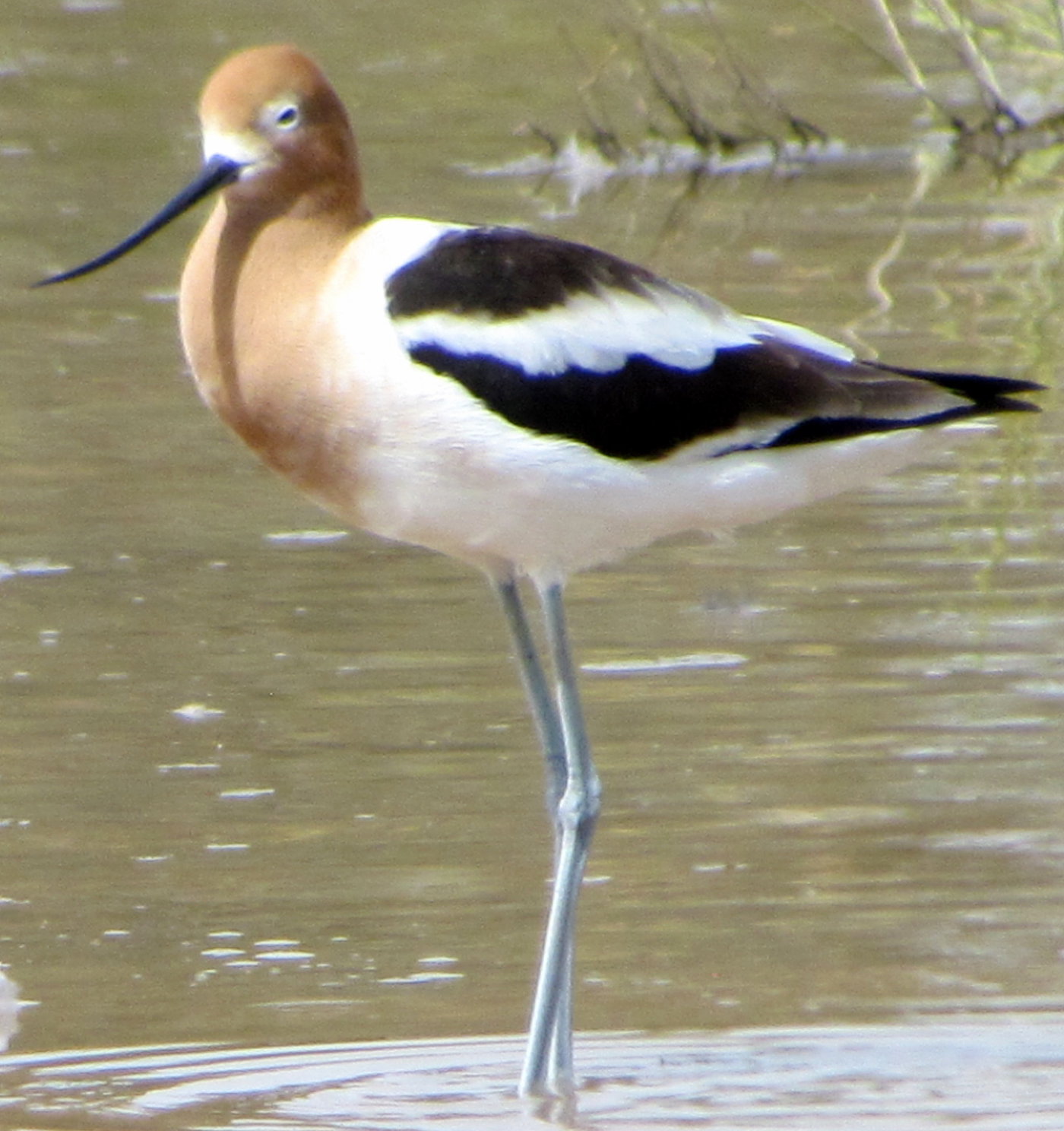 American Avocet in breeding plumage by Marjorie
American Avocet in breeding plumage by Marjorie
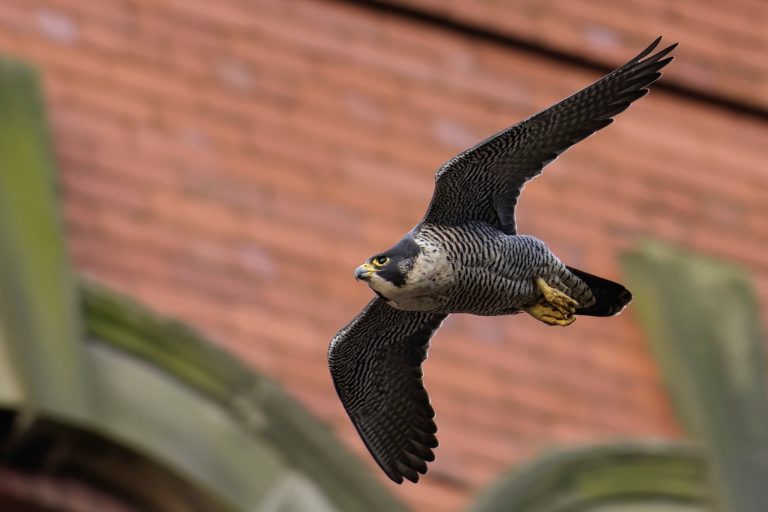
 House Finch by Deb Shoning
House Finch by Deb Shoning
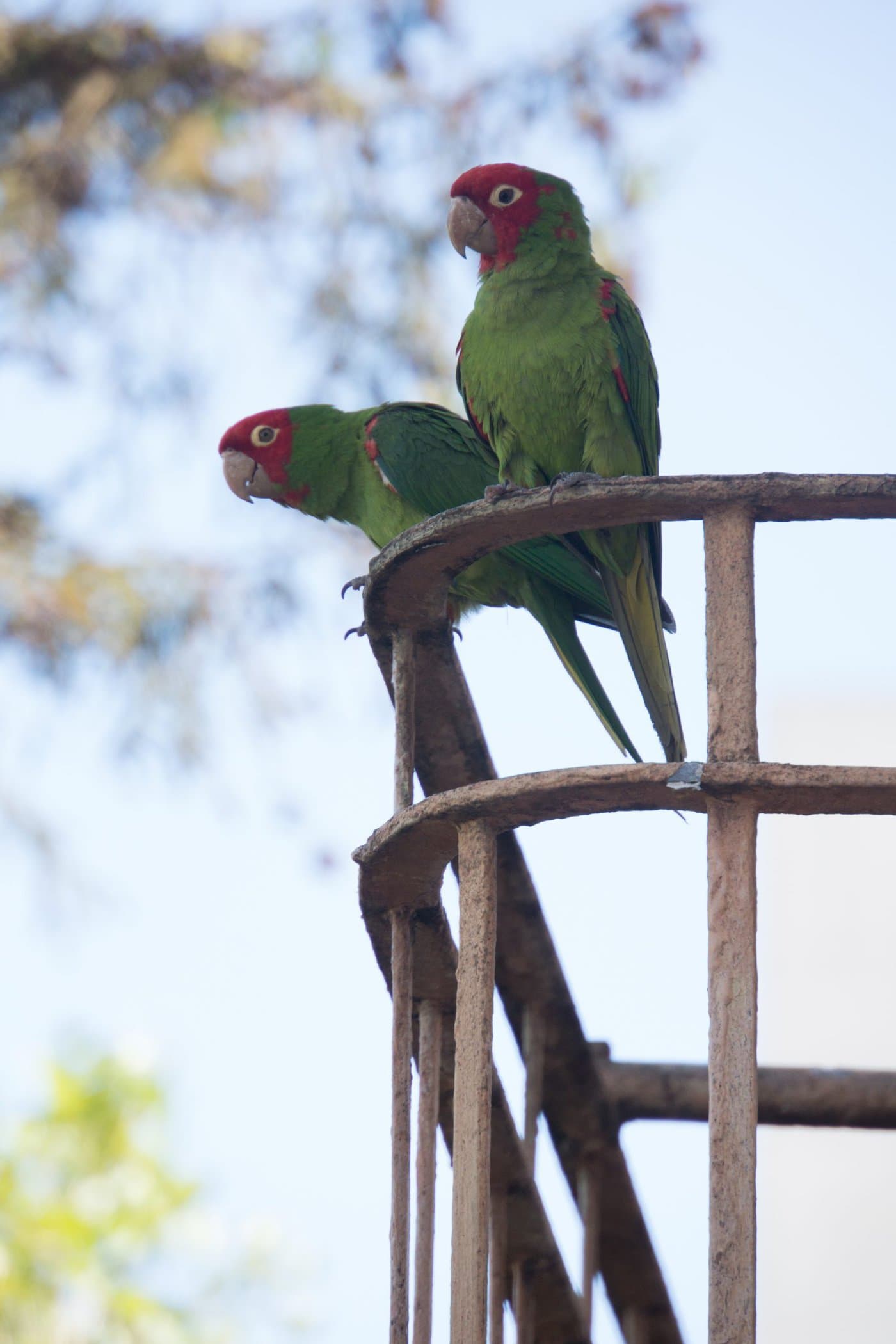 Red-masked Parakeets by Andreas Haugstrup
Red-masked Parakeets by Andreas Haugstrup
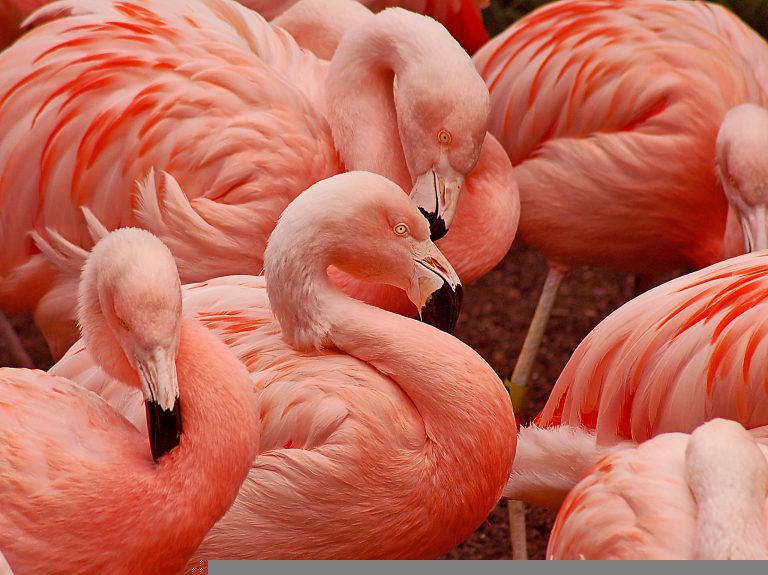
 Paloma’s childhood memories of Flamingos. Photo courtesy of palmspringslife.com
Paloma’s childhood memories of Flamingos. Photo courtesy of palmspringslife.com
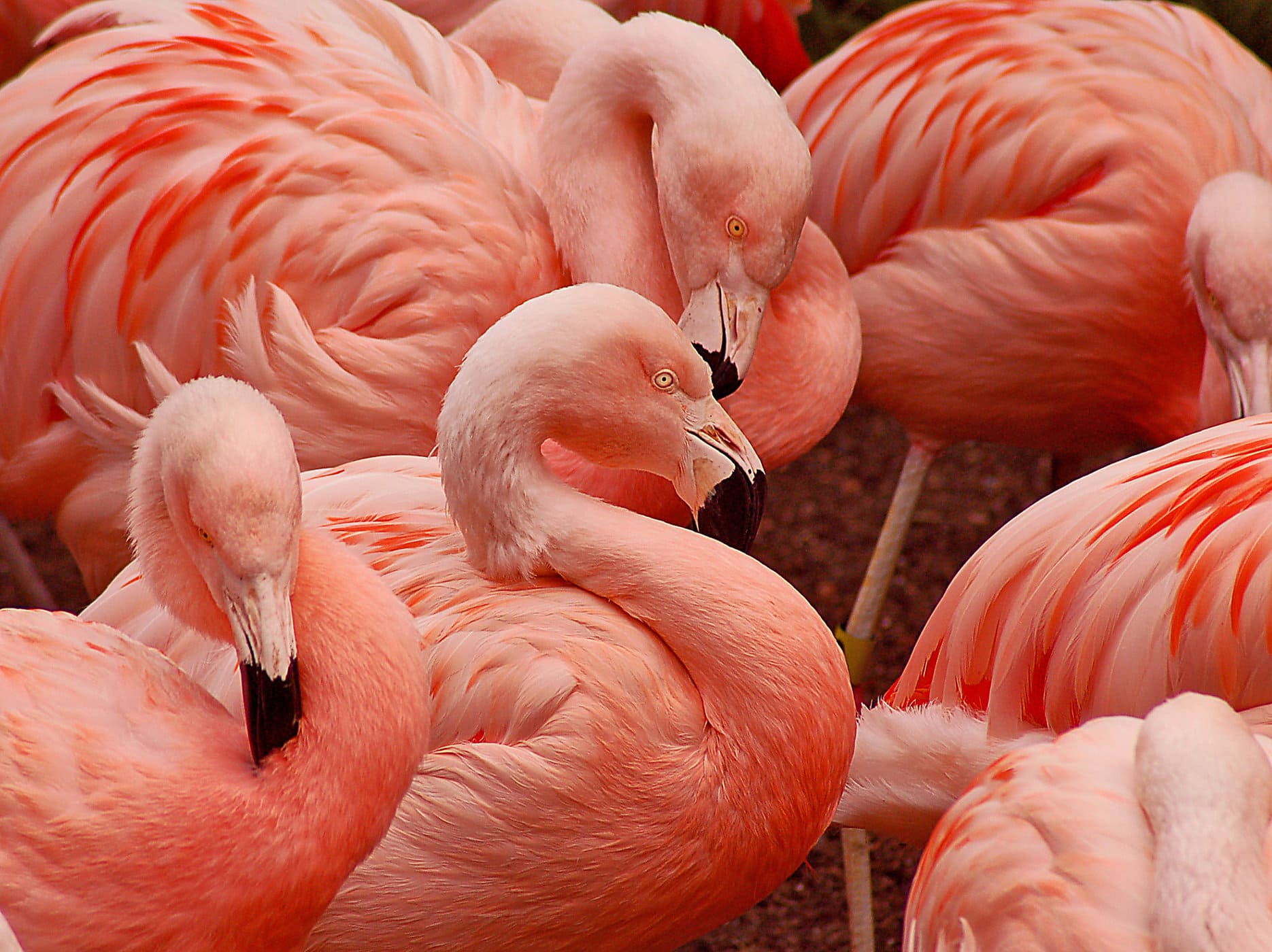 Flock of American Flamingos by Perl Photography
Flock of American Flamingos by Perl Photography
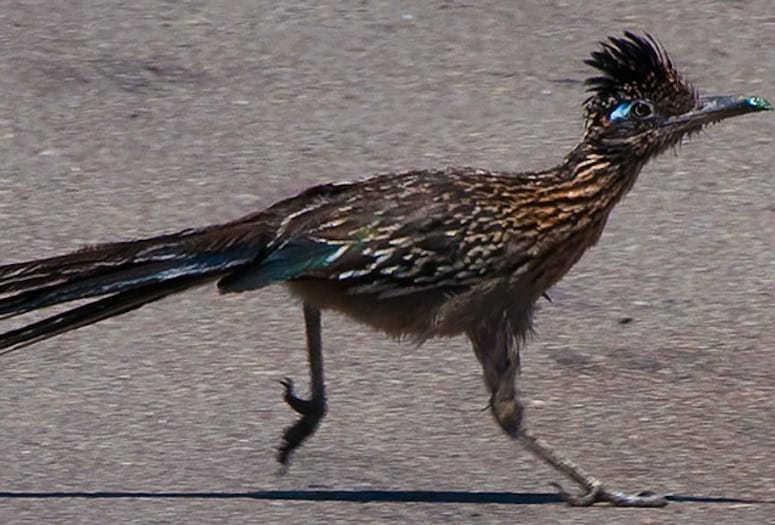 A Roadrunner (far more elegant than Loony Tunes). Photo by Jim Powers
A Roadrunner (far more elegant than Loony Tunes). Photo by Jim Powers